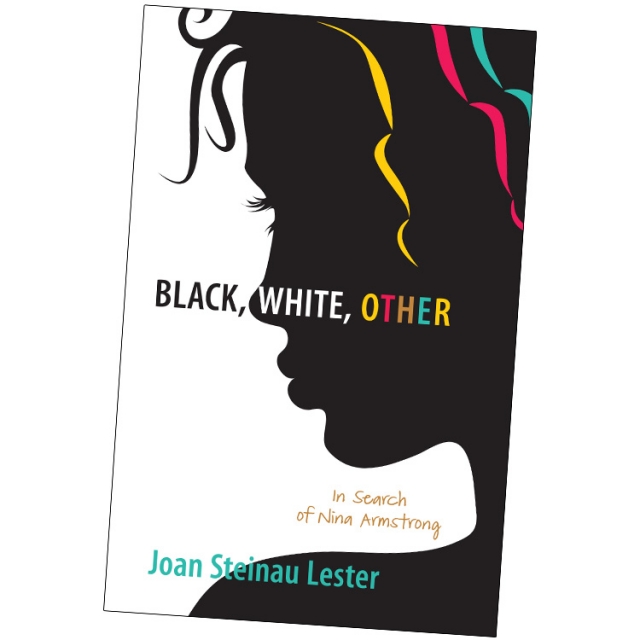Through Nina’s eyes, Lester offers a vivid and realistic portrayal of the type of schisms that occur between races all over the world.
Nina sees a clear colour divide that has never been apparent to her before.
Since the recent divorce of her parents, she finds herself drifting between two homes and she is made aware of the conflicting attitudes between races in Canyon Valley. Why can’t Nina be part of both worlds?
At times, Nina finds it difficult to grapple with the notion that God is all-loving. “If God is love, I don’t see how such terrible things as slavery could happen. Or friends splitting by race. Or lying about each other. God isn’t supposed to let stuff like that happen. But a part of me argues back, telling me that just because things aren’t perfect or right, that doesn’t mean that God’s not there.”
Nina becomes more fixed on God when she feels His presence. During the climax of the story, Nina finds herself drawn to a Gothic cathedral because of its grandeur and beauty. “I wanted to come in,” Nina tells Fr. Jorge, the young priest who sits down with Nina in one of the pews and they pray together, asking God to guide Nina on the right path. Prayer comforts Nina, and it is through prayer that she comes to terms with her situation.
Nina think to herself: “My dad always told me, ‘People are people.’ That we’re all God’s children underneath. The colour of their skin is the last thing that’s important.” Throughout the book, references are made to God, which stir up hope inside the readers, knowing that during both the good times and the not so good times, God is always there for us.
Black, White, Other serves as an inspiration for readers, young and old, to recognize God’s presence in times of hardships, knowing that in spite all of the conflict, God is hope and He will always be at our side.
(Gagliano, 20, is a life sciences student at the University of Toronto.)

